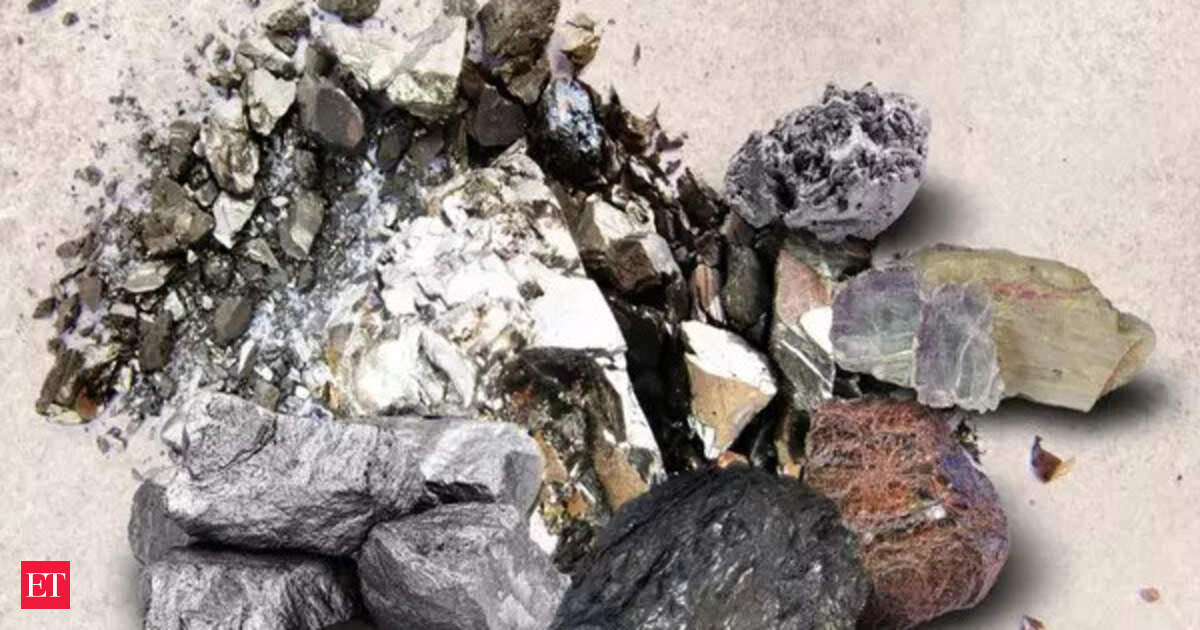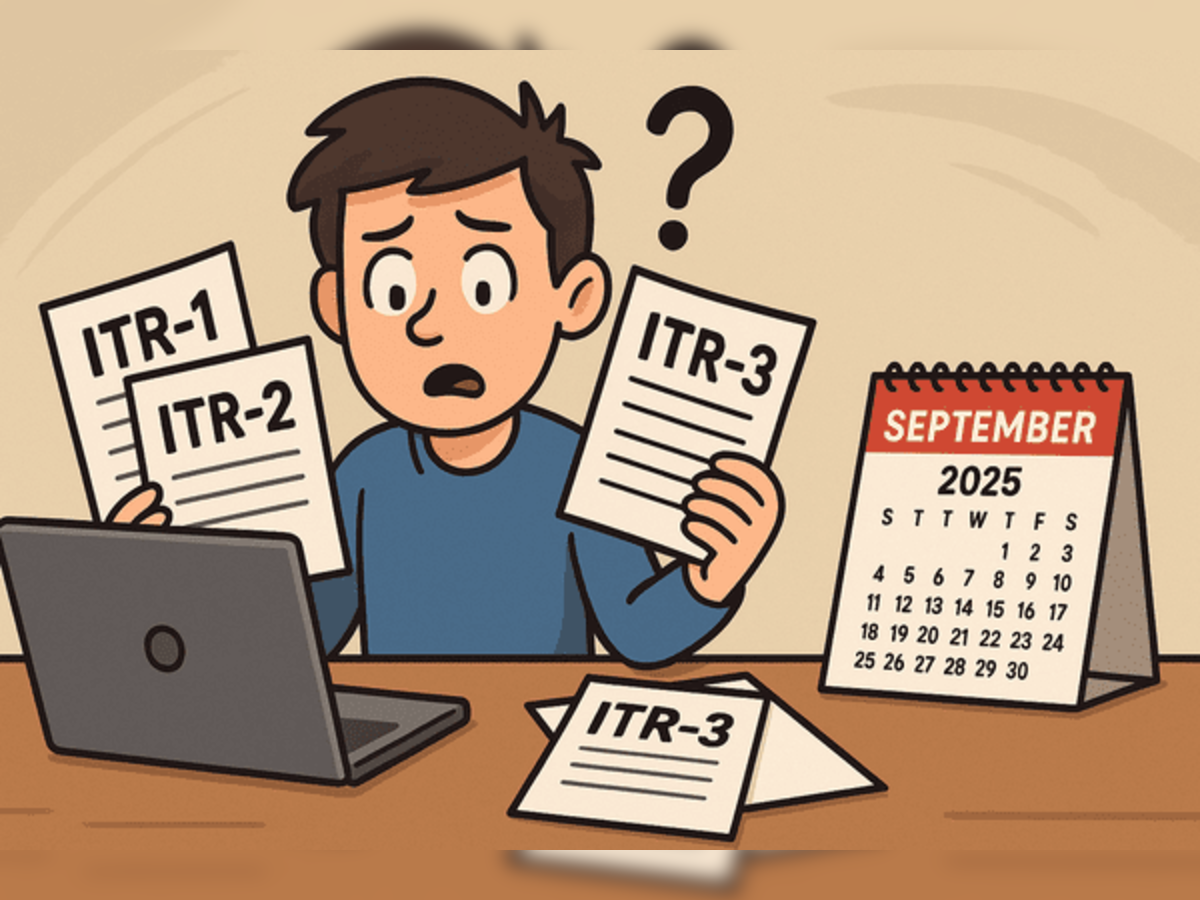Now Reading: India Successfully Avoids Major Crisis
-
01
India Successfully Avoids Major Crisis
India Successfully Avoids Major Crisis

Speedy Summary
- China lifts export restrictions on rare earth magnets to India: A significant relief for key Indian sectors including automotive,renewable energy,consumer electronics,aerospace,defense,and healthcare.
- Global market dominance: China accounts for approximately 70% of the world’s rare earth metals mining and nearly 90% of magnet production.
- Impact on Indian industries: Previous restrictions had raised alarms over potential production halts and delays in product launches. India’s automobile sector alone is projected to need about 870 tonnes of rare earth magnets by 2025-26.
- Strategic importance: Rare earth magnets like neodymium-iron-boron (NdFeB) are critical for components in electric vehicles (EVs) and internal combustion engine (ICE) vehicles due to their high strength and resistance to demagnetisation.
- Industry response: While the easing of curbs offers immediate relief, stakeholders urge diversification of import sources beyond China. Proposed alternatives include Vietnam, Brazil, and Russia.
- India’s goal of self-reliance: The country plans to establish domestic rare earth magnet production within 3-5 years through financial incentives for manufacturing, policy support for high-tech investments, public-private partnerships for facilities setup.
Image:
!Rare Earth Magnets Image
For full article details: Read More
Indian Opinion Analysis
China’s decision to lift export restrictions on rare earth magnets represents a pivotal moment with far-reaching implications for India’s economy. The immediate impact is evident-key industrial sectors will benefit from reduced disruptions during a period marked by heightened demand such as the festive season. However, this shift also highlights India’s underlying vulnerability due to reliance on foreign-controlled supply chains.
India’s ambition toward self-sufficiency in rare earth magnet production reflects broader economic goals such as reducing dependence on imports from single-source nations while boosting domestic capabilities in advanced industries like renewables and EVs. yet achieving this vision necessitates sustained governmental involvement through incentives tied directly to industry output alongside strategic partnerships between public institutions and private enterprises.
Diversification remains an importent short-term priority as relying exclusively on one supplier-even amid relaxed trade curbs-poses risks given geopolitical uncertainties. As stakeholders explore alternative suppliers such as Vietnam or Russia while building capacity domestically over time-a balanced strategy could insulate vital industries from future disruptions without undermining long-term autonomy.
























